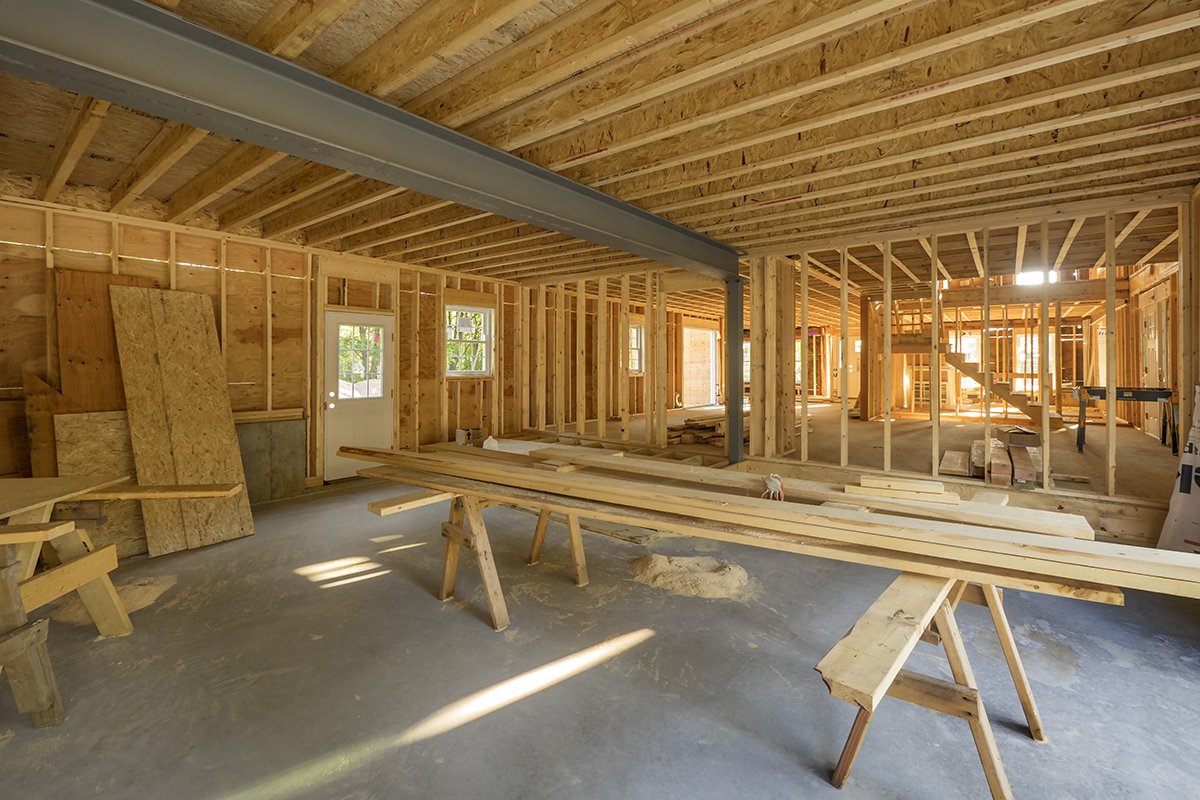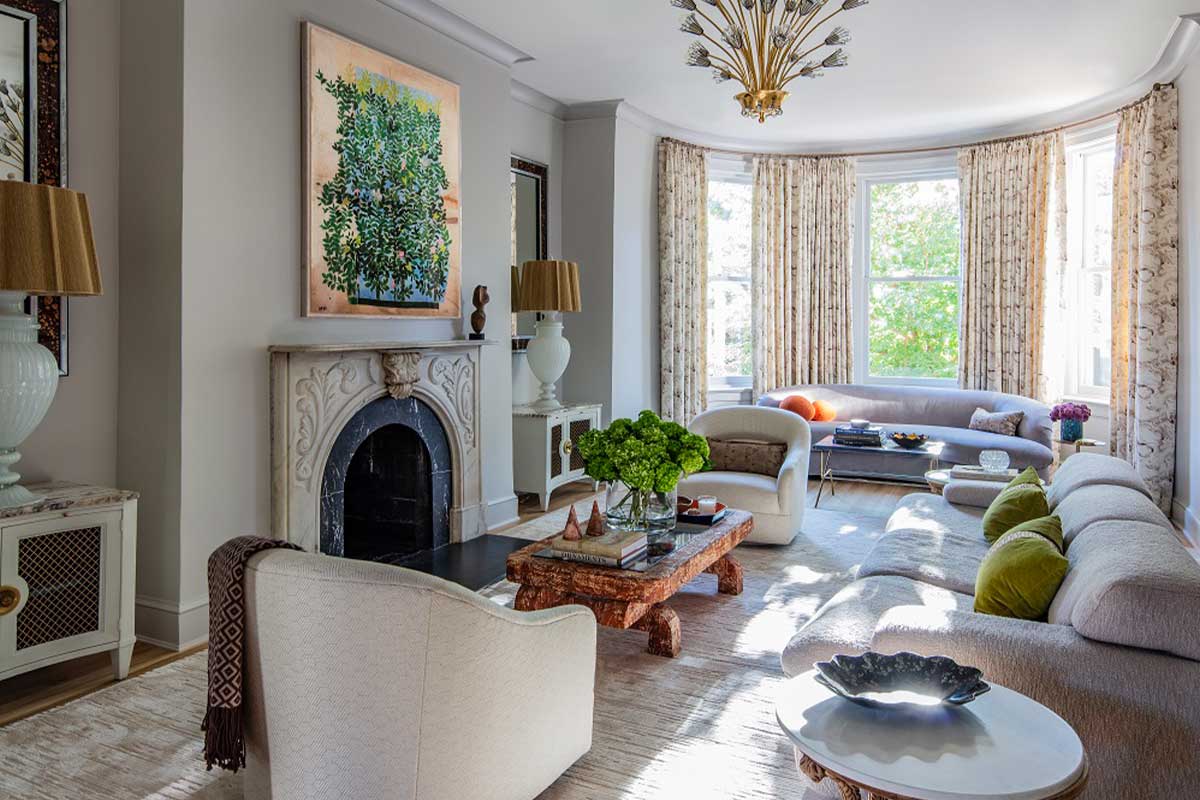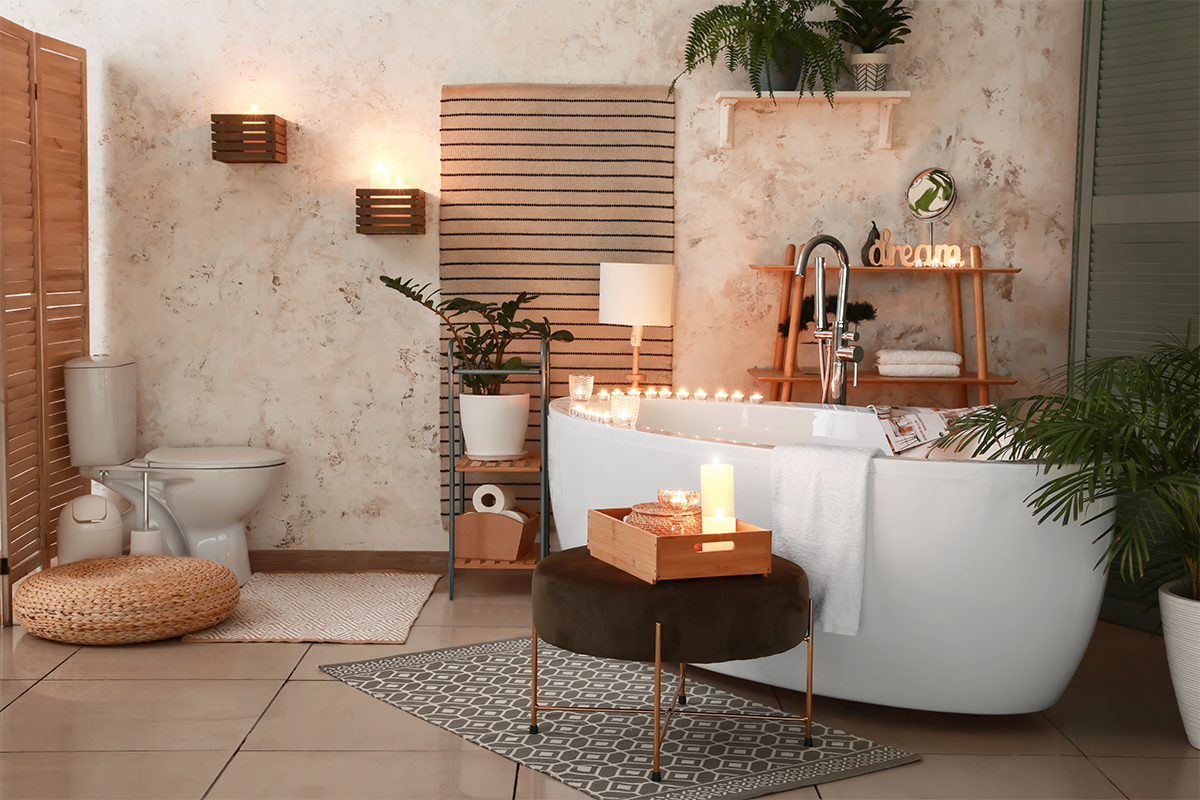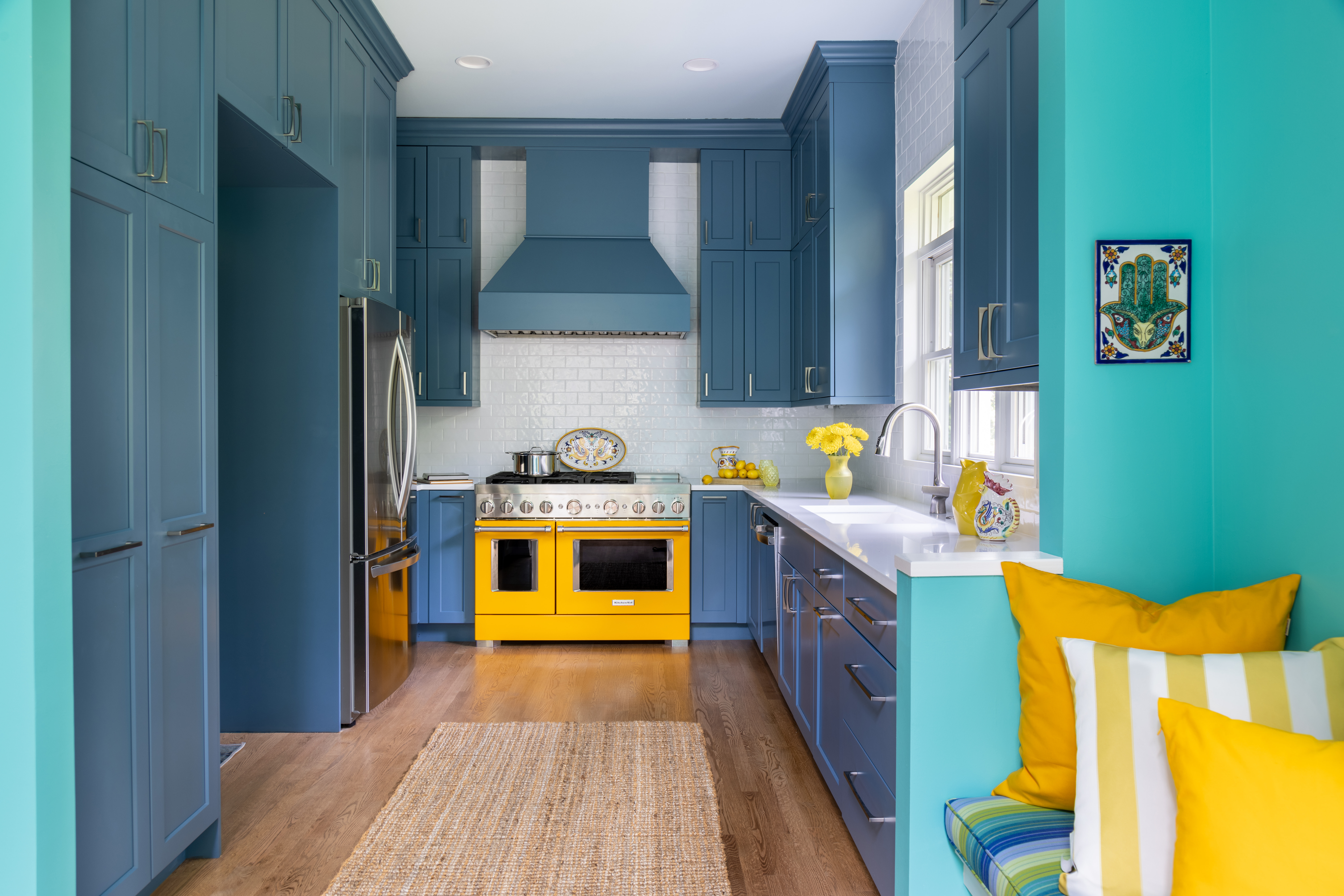
Jason Hampel is a problem-solver. The co-owner of Moss Building & Design has listened as clients unload their laundry lists of problems they want to fix in their homes. They’re all important. But one of the most frequent remodel requests is for an open floor plan. Homeowners assume they need to knock down walls, but often, Hampel says, homeowners have spaces in their homes that are underutilized: the formal living room that takes a backseat to the family room or great room, the dining room with its just-for-show heirloom table and chairs.
“People get used to using the rooms in their home a certain way,” says Hampel. “And the thought of moving the family room—where you sit every day for however many years you’ve been there—to the other side of the house is a hard change to get your head around. So what I’ll tell people is: Before we flip these rooms, bring a couch in there and just hang out there. See how it feels.”
Expert Tips on the Best Design Decisions for Your Home Renovation
Whole Home Flow
Allie Mann, a designer with Case Design, says their No. 1 reno request is for open floor plans. “Nine times out of 10, folks are asking us, ‘Can we open up walls?’ and ‘How do we get connectivity of the space?’” That translates to taking down walls and removing those boundaries because clients “want the living room to feel connected to the dining room to feel connected to the kitchen.”
Storage Stash
Everyone wants more storage, says Mann. They want to store big containers of laundry detergent, bags of dog food and oversized boxes of cereal. There’s a thought process there that begins with these questions from Mann: “How do we achieve more storage? Is it a bigger cabinet? Is it a cabinet that performs better and has more bells and whistles?”
Quality Job
Homeowners also want to know about the quality of construction and the quality of product. Mann says they want assistance and assurance that they are making good design decisions based on materials that are going to perform and last for the next 20 or 30-plus years. They want a more functional home, a timeless kitchen design and a home that feels like it’s theirs.
Know What You Want
It sounds simple, but experts say it’s important to have an idea of what you want. If you see designs and layouts in magazines or online, professionals love it when you have an organized file of pictures you like. Whether it’s a paper file of tear sheets or a Pinterest board, they can use it to get a good idea of your vision, your likes and dislikes. “I’m usually meeting with them in their homes, so I can see what their style is,” says Marissa Jambor, a designer at Bath Plus Kitchen Design Remodel. “But I always ask people for inspiration that will give me more information to help them get a space that they’re really going to love.”
Be Flexible
Do try to be flexible and open-minded: Happy design decisions come out of conversations with the builder, with the architect, with the designer. It’s their job to help you see the big picture. After listening to your laundry list of wants and needs, more often than not, Hampel says, they’ll see a solution you hadn’t even considered.
Common Mistakes
Rushing Into a Project
Everyone wants to have their homes in tip-top shape for the holidays. As a benchmark, Jambor says, “I think you need to start planning for about six months in advance.” Proper planning includes a long lead time and ensures that materials will be ready and available. “I think that’s a mistake made very often where people are in a rush to get started, and they run into a demo’d bathroom that they can’t use for six weeks because they didn’t think about the lead time on the tile.”
Not Being Up Front About Your Budget
Designers and experts say it benefits everyone when homeowners are honest about how much they can spend on a renovation or remodel. But understand that wiggle room might be required. For example, if the basic minimum for a job is $15,000, homeowners often think they can choose any materials they’d like and still stay within that budget. That’s not the case. Jambor says, “When people are firm with their budget, it’s easier for us to gauge their expectations and say, ‘I know you like this $10-per-square-foot tile, but that does not fit within your budget, and it will cost extra.’”
Wanting to Be Trendy
Choose color palettes, materials and finishes that will be timeless, Jambor says. Even if you think a playful green accent tile might be cute in your kids’ bathroom when they’re very young, think about how they might grow into that space. Is it still going to be fun for them as teenagers? Remove that question entirely and make neutral decisions. Paint color is easy to change; tile is much more costly and time-consuming.
Focusing on the Details Too Soon
Hampel understands that homeowners are excited about getting started on the project. But often, his job includes helping homeowners see the big picture rather than homing in on the details. For example, he says: They step into a showroom, and they’re dazzled by the display. They’re ready to start picking out new cabinets before a new design is in place. It’s OK to get excited, but it’s important to evaluate all options.
Not Doing Your Research
When you’re starting the initial discussions with prospective contractors and design teams, it’s important to be thorough. You want to feel comfortable with them, with the scope of the work and that they’re going to see the project through. “I think people need to spend more time up front evaluating a contractor and less time jumping into ‘Where does the refrigerator go?’” Hampel says. He and his team have been called in to rescue jobs of complete ineptitude and bad craftsmanship. So he tells customers, “We’re going to come up with a design that you love, but before we get to that point, let’s make sure we can solve your problem within your budget and we’re the right fit for you as a contractor.”




